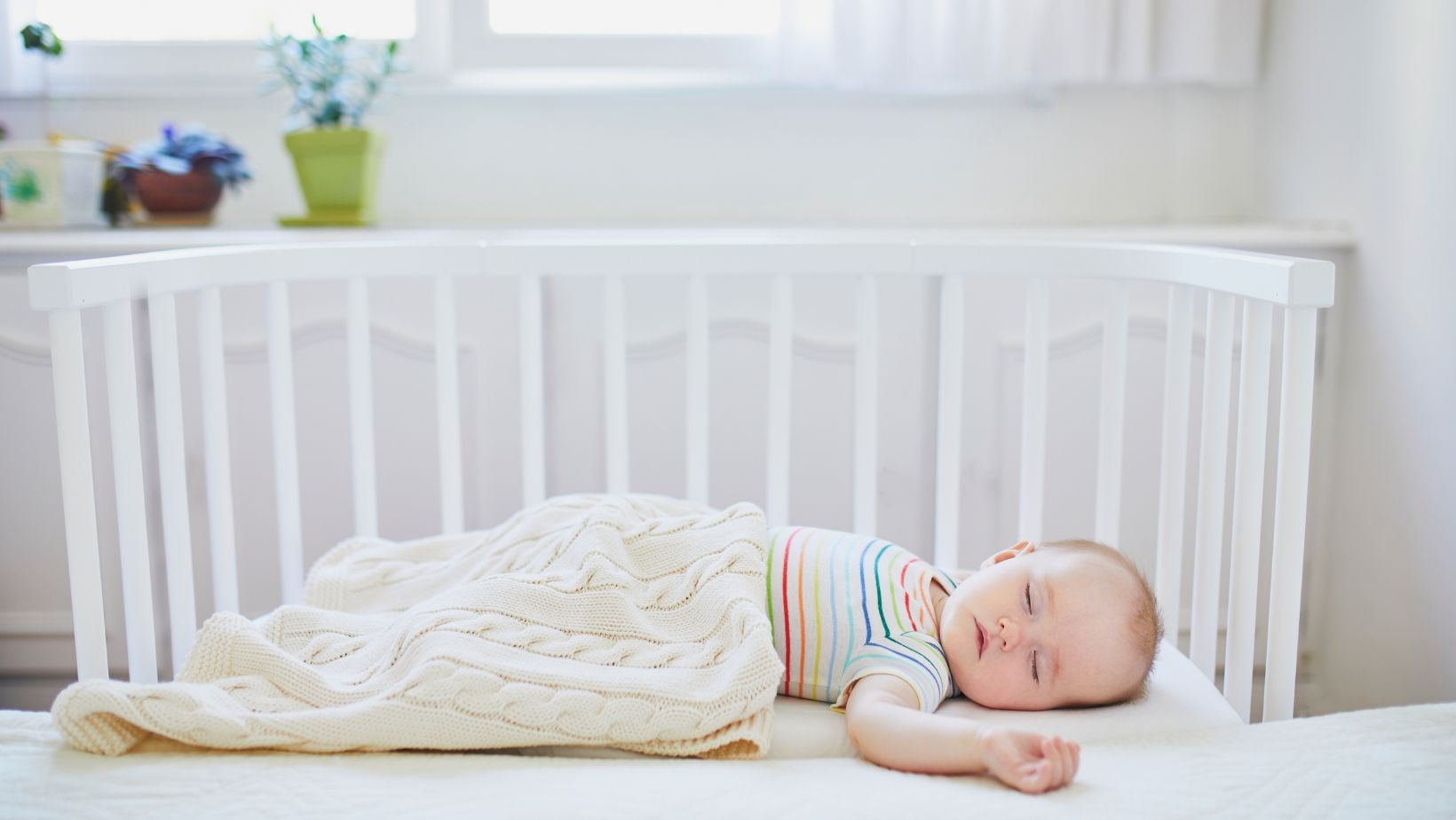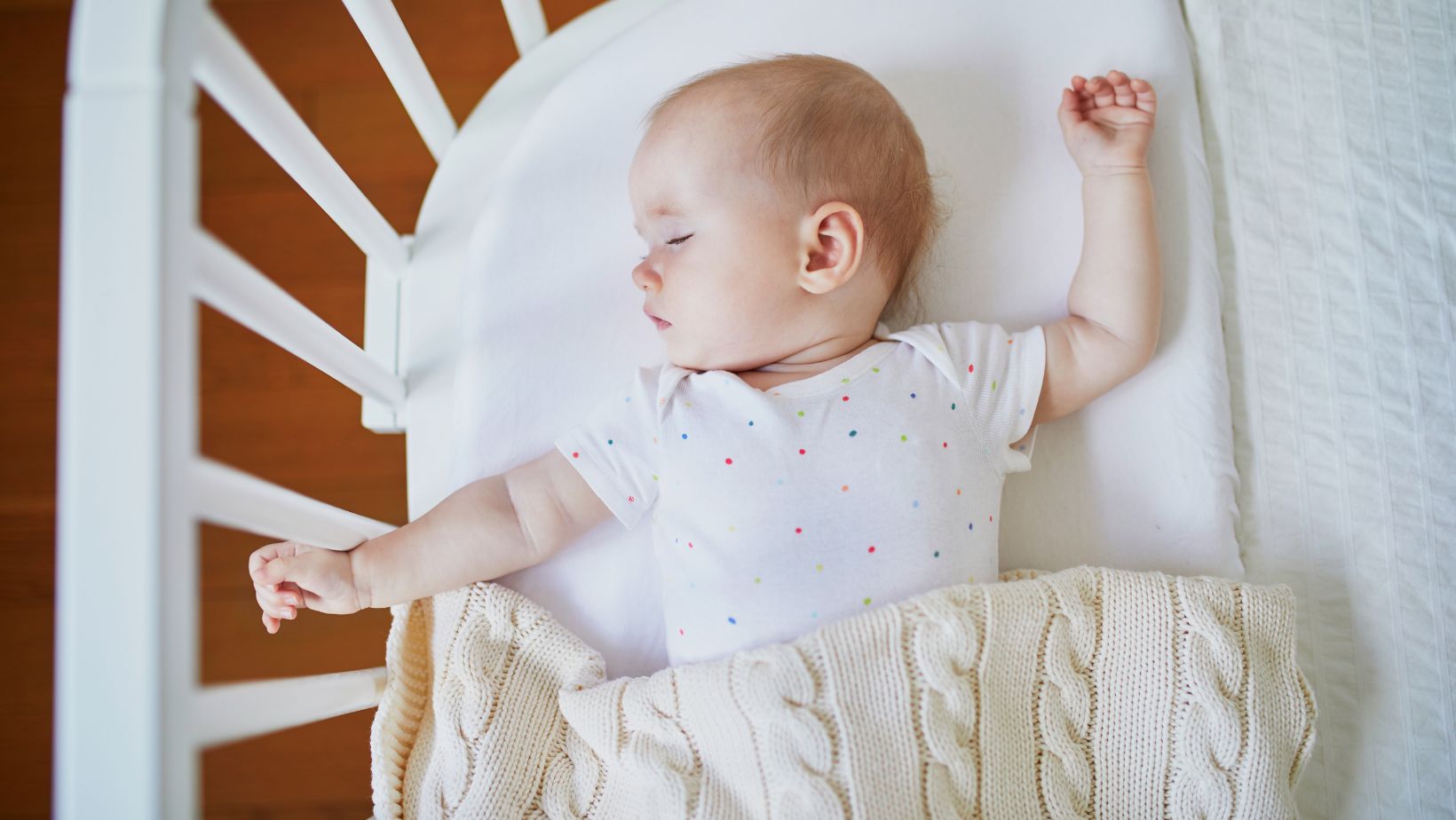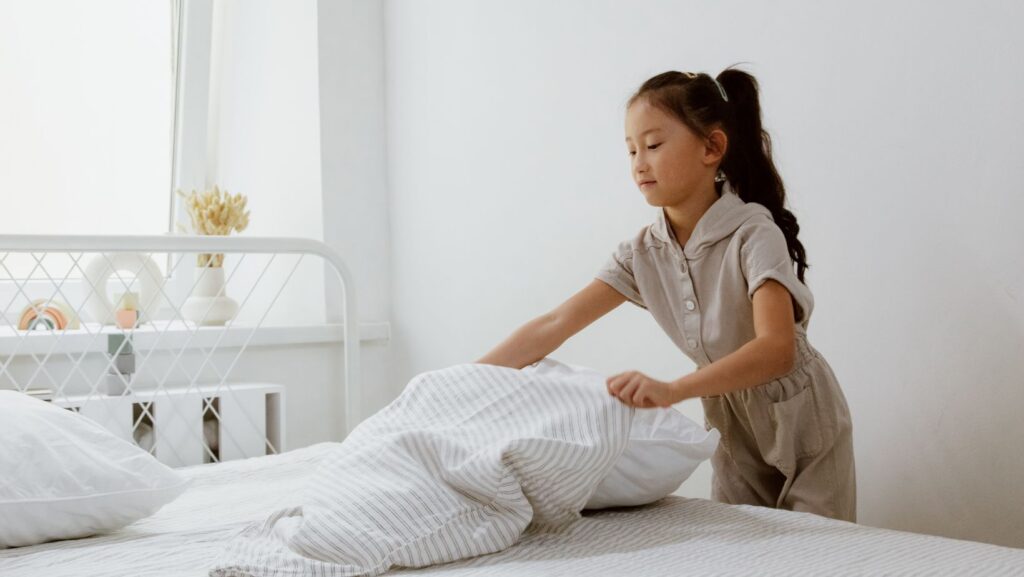Choosing the right mid sleeper bed height for your child is crucial for safety, comfort, and maximizing bedroom space. Modern children’s mid-sleeper beds offer a versatile solution for growing kids, combining sleep and play areas in one compact design.
The ideal mid sleeper bed height depends on your child’s age, size, and bedroom layout. For younger children aged 4-8, a lower mid sleeper around 115-125 cm tall provides easier access while still offering under-bed storage or play space. Older kids and teens may prefer taller mid sleepers up to 160 cm high, which create more room underneath for desks, wardrobes, or hangout areas.
Safety is paramount when selecting a mid sleeper bed. Ensure the bed has sturdy guardrails and a secure ladder or steps for easy climbing. Consider your child’s ability to safely navigate the height before making a final decision.
Key Takeaways
- Mid sleeper bed height should match your child’s age and size for safety and comfort
- Lower mid sleepers suit younger children, while taller options work well for older kids and teens
- Sturdy guardrails and secure access points are essential safety features for mid sleeper beds
Key Considerations for Selecting a Mid Sleeper Bed
Choosing the right mid sleeper bed involves evaluating several crucial factors to ensure safety, functionality, and longevity. These considerations help parents make an informed decision that best suits their child’s needs and the available space.
Assessing the Room and Bed Dimensions
Mid sleeper beds typically stand about 115-125 cm tall, making them an excellent space-saving solution for smaller bedrooms. Measure the room carefully, considering ceiling height, door placement, and window locations. Standard mid sleeper mattress sizes are 90cm x 190cm or 90cm x 200cm.
Ensure there’s adequate clearance above the bed for your child to sit up comfortably. Leave enough space around the bed for easy access and movement. Consider the placement of other furniture and how it will interact with the mid sleeper’s layout.
Understanding Safety and Compliance
Safety is paramount when selecting a mid sleeper bed. Look for models with secure guardrails on all sides to prevent falls. These rails should be at least 16 cm high above the mattress surface.
Check that the bed meets current safety regulations and standards. Non-slip steps or ladders are essential for safe climbing. Ensure all edges are smooth and corners are rounded to prevent injuries.
Examine the overall stability of the bed frame. It should not wobble or shift when your child climbs in or out.
Age-Appropriate Design and Features
Mid sleeper beds are generally suitable for children aged 6 and up. Consider your child’s age and developmental stage when choosing a bed design.
For younger children, opt for lower height options with easy-to-climb ladders. Older children and pre-teens may prefer higher designs with more sophisticated features.
Look for beds with adaptable layouts that can grow with your child. Some models offer removable desks or play areas that can be replaced with storage as needs change.
Analyzing Material Quality and Durability
Mid sleeper beds should withstand years of use. Solid wood frames offer excellent durability and stability. Metal frames can also be sturdy and often provide a more modern aesthetic.
Inspect the quality of construction. Joints should be tight and secure, with no visible weak points. Look for reinforced stress points, particularly where the ladder or steps attach to the main frame.
Consider the finish of the bed. It should be smooth, splinter-free, and resistant to scratches and dents. A high-quality finish will maintain its appearance longer, even with daily use.
Enhancements and Customizations
Mid sleeper beds offer numerous options to enhance functionality and personalize the space for your child. These customizations can maximize storage, improve comfort, and add useful features.
Incorporating Storage and Organization
Mid sleeper beds excel at providing extra storage space in children’s bedrooms. Many models include built-in drawers, shelves, and wardrobes beneath the elevated sleeping area. This allows for efficient organization of clothes, toys, and school supplies.
Some beds feature pull-out storage bins or cubbies, ideal for stowing away items while maintaining a tidy appearance. Open shelving units can display books and decorative items, adding visual interest to the room.

For maximum storage capacity, look for mid sleepers with combination storage solutions. These may include a mix of drawers, shelves, and hanging space to accommodate various storage needs.
Selecting the Appropriate Mattress
Choosing the right mattress is crucial for your child’s comfort and support. Mid sleeper beds typically require a specific mattress size, often single or small double.
Consider mattress depth carefully. Most mid sleepers have guardrails with a recommended maximum mattress thickness to ensure safety. Generally, a mattress between 15-20 cm deep works well.
For optimal comfort, explore different mattress types. Pocket sprung mattresses offer good support and air circulation. Memory foam mattresses conform to the body, potentially reducing tossing and turning.
Ensure the mattress fits snugly within the bed frame to prevent gaps and maintain safety. Some manufacturers offer mattresses designed specifically for their mid sleeper models.
Adding Functionality with Built-In Elements
Mid sleeper beds can incorporate various functional elements to create a multifunctional space. Many designs feature integrated desks, providing a dedicated study area without taking up additional floor space.

Look for beds with adjustable desk heights to accommodate your child’s growth. Some models offer flip-down desks that can be tucked away when not in use.
Play areas are another popular addition. Beds may include tents, slides, or playhouses beneath the sleeping area, encouraging imaginative play.
Consider the ladder or stair design. Some beds offer storage steps instead of a traditional ladder, combining safety and extra storage space. Ensure the chosen access method is sturdy and appropriate for your child’s age and abilities.
Conclusion
Selecting the right mid sleeper bed height for a child requires careful consideration of several factors. Age, physical development, and room dimensions all play crucial roles in making an informed decision. Safety should always be the top priority when choosing any elevated bed for children.
A properly sized mid sleeper can provide an excellent balance of comfort, functionality, and space efficiency for growing kids. By assessing individual needs and preferences, parents can find a mid sleeper that suits their child while maximizing bedroom space. Regular re-evaluation of bed suitability as the child grows will help ensure ongoing safety and comfort.
